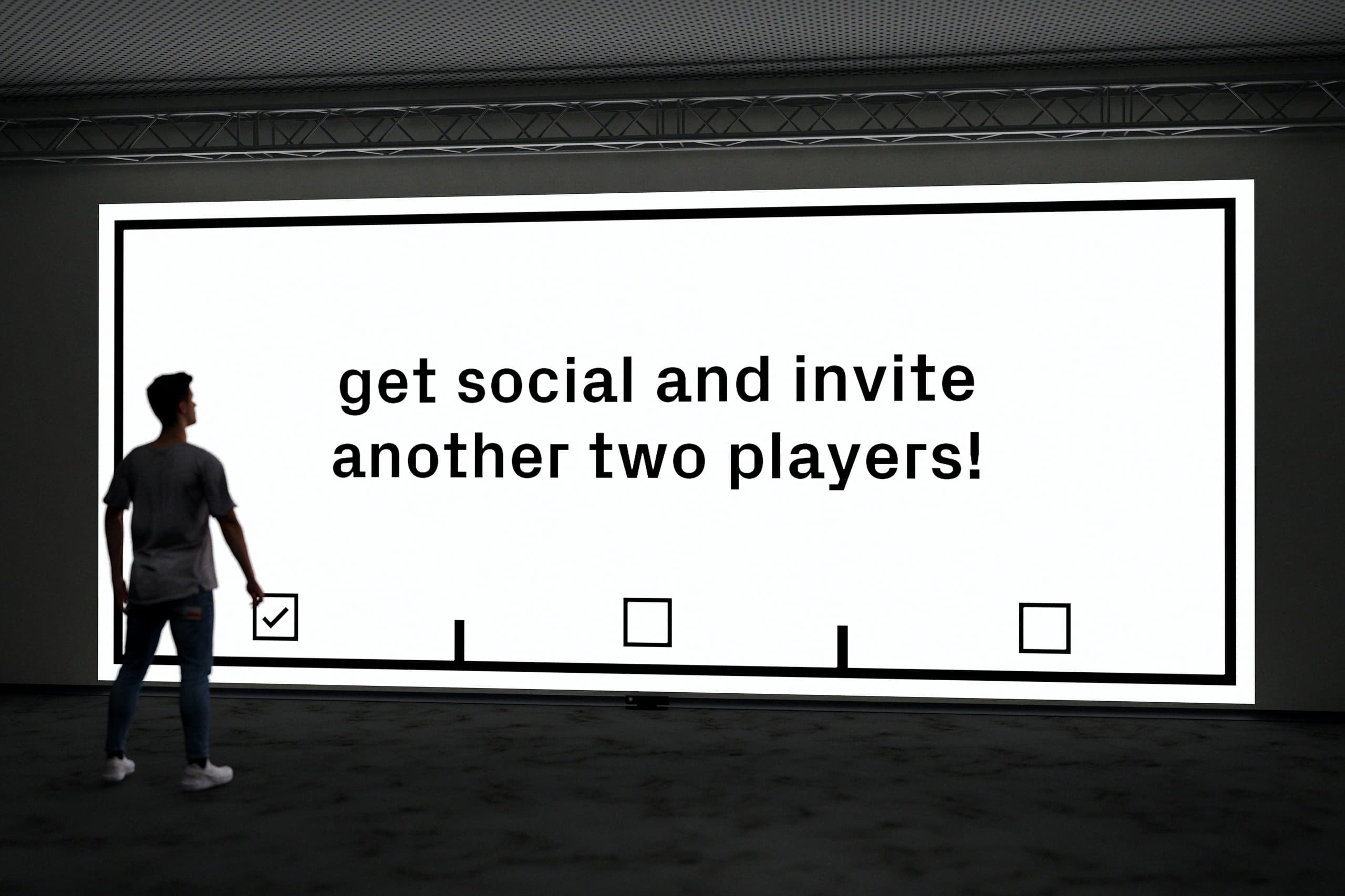The RGB
experience
Interaction design, software development
This game brings together three players to learn about colour. Without much instruction, the players need to collaborate to match a specified colour using body motion to interact with the game.
This game is colourful, social, and physical!
The core concepts of the game are collaboration and exploration. Players are assigned to control red, green, and blue values, but the game does not provide this information. The players can discover their role by moving around and seeing the colour change according to their respective positioning. The game will only give hints after a while.
The project was implemented using the Processing library and Microsoft's Kinect motion sensor.
As part of a collaboration, my tasks were project coordination and technical implementation.
Team: Julian Present (screen design), Benjamin Ressi (sound design), Paul Schumann (testing)




A special challenge was determining optical colour similarity. Most projectors will display colours differently. Also, while human perception less accurate in comparing colours, a computer may not recognise optically similar colours by simply comparing RGB values.
To solve these problems, the programme uses the CIEDE2000 and Euclidean colour difference algorithms. I developed a separate application that generates randomised colour tables that can be used for calibrating projectors or screens, and finding appropriate threshold values for optical colour matching.

activity diagram

The object-oriented software architecture uses a Bridge pattern to allow for different input hardware.

War on peace
UX design
Software development
previous

Energy governance
Research
Editorial design
next